About us
The Kinský family is one of the oldest aristocratic families in Bohemia. The first mention of the name dates back to the beginning of the 13th century when the land was ruled by King Přemysl Otakar I. The original domicile of the family’s ancestors was a village stronghold named Vchynice [Vkhynyitseh] near Lovosice, to which the origin of the family’s name can be traced –Wchynski. Over the centuries, the name acquired its current form: Kinský. Generations of this widely branched family have flourished, thanks to their members merits and growing wealth. The original squires and knights became earls and counts with bearing the family crest: three wolf fangs in a red background.
Since 1628, the hereditary title of the Kinský Lords has been confirmed by an imperial decree. The members of the family have been holding the highest posts of supreme chancellors and supreme hunt masters, and they were awarded five knight orders from Marie Terezie and eight Golden Fleece knight orders. For several centuries, they had lived on the hereditary estate of Chlumec nad Cidlinou, whereupon they assumed by marriage the possession of the estate of Žďár nad Sázavou during the first half of the 20th century due to the family’s anti-Nazi attitude during WWII, the German occupants imposed receivership on their estate. After WWII, their estate was expropriated by so-called nationalization. The family members emigrated – Count Radslav resettled in France, where he became a globally recognized scientist in reproduction immunology.
The history of this ancient Bohemian aristocratic family started a new chapter in 1992, when Count Radslav Kinský took over the confiscated estate. From 2008, his sons, Constantin, and Nicholas Kinský, continue to restore the castle complex. In 2015, they opened a New Generation Museum at Žďár Castle.



History of the castle and monastery
NOTHING
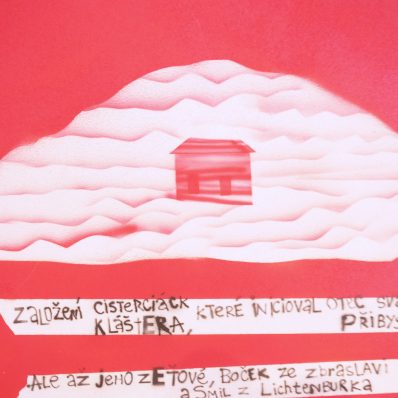
1252
Founding of Cistercian monastery Studnice Blahoslavené Panny Marie and settlement Žďár, initiated by the father of St. Zdislava, Přibyslav of Křižanov, as well as his sons-in-law, Boček of Zbraslav and Smil of Lichtenburg, who brought his plan to reality.
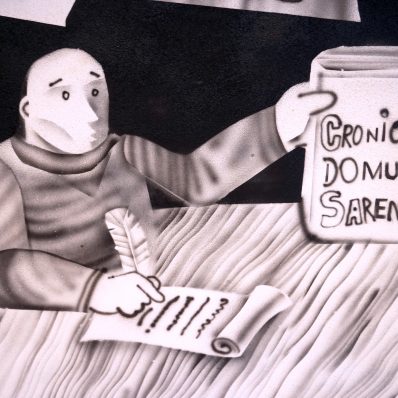
1300
Hard beginnings, when the monastic community lived in log houses while building a stone church, described a monk named Jindřich Řezbář in Latin-versed chronicle CRONICA DOMUS SARENSIS.

1458
The monastery comes into the possession of King Jiří (George) of Kunštát and Poděbrady, the descendant of the monastery’s founder. During the years of his reign (1458 – 1471), he tried to restore the monastery that had been plundered and burnt down during the Hussite wars.
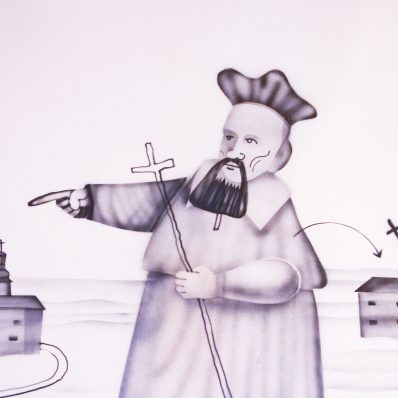
1614
The monastery becomes private property of the Cardinal of Olomouc, František of Ditrichštejn, who had the prelature (the abbot’s living quarters) transformed into a castle.
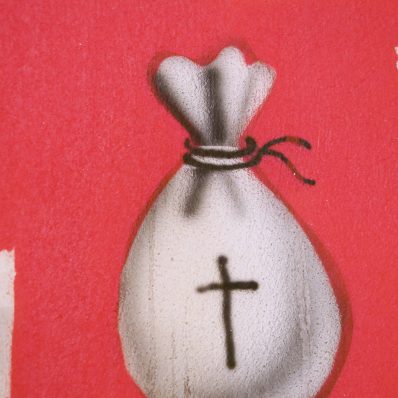
1638
The Abbot of Velehrad, Jan Greifenfelsof Greifenfels, who is considered the second founder of the monastery, buys out the former monastery from Maxmilián of Ditrichštejn.
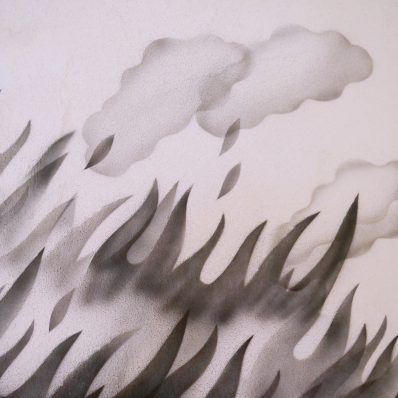
1689
The monastery is struck by a major fire; the St. Markéta Church is built as part of the monastery’s renovation.
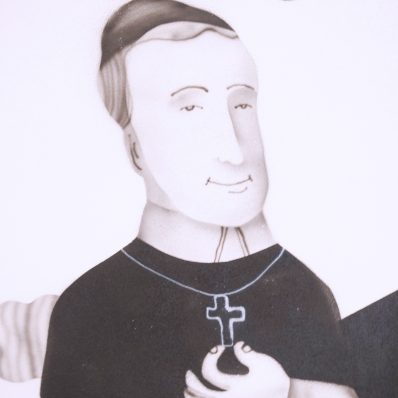
1705
The head of the monastery (convent) becomes Abbot Václav Vejmluva, who invites a prominent architect, Jan Blažej Santini-Aichel, sculptor Řehoř Theny, and painter Michael Willmann.

1722
The era of the monastery’s transformation into one of the most prominent sacral domiciles culminated in the consecration of the St. John of Nepomuk Church at Zelená Hora.

1784
Following a disastrous fire, Abbot Otto Steinbach of Kranichštejn asks Emperor Josef II to close the monastery.
1826
The complex becomes the property of the Supreme Marshal of the Bohemian Kingdom, Count Josef Vratislav of Mitrovice.
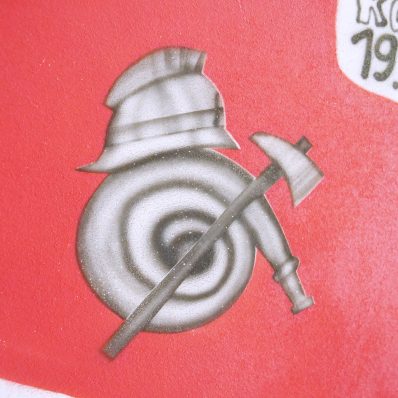
1886
Foundation of elementary school and volunteer fire brigade by countess Klotylda Clam-Gallas, born Of Ditrichštejn.
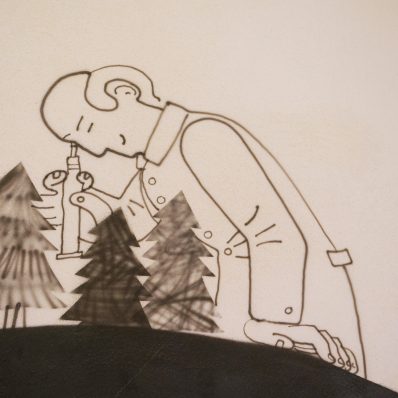
1930
The last aristocratic owner of the monastery is the Chlumec line of the Kinský family that inherits the estate.
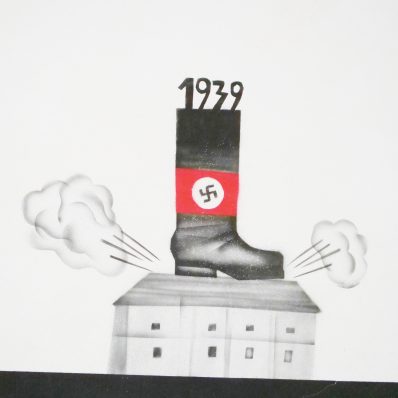
1939
The estate is forcefully confiscated by the Nazis as a revenge for anti-Nazi activities of the Kinský family.
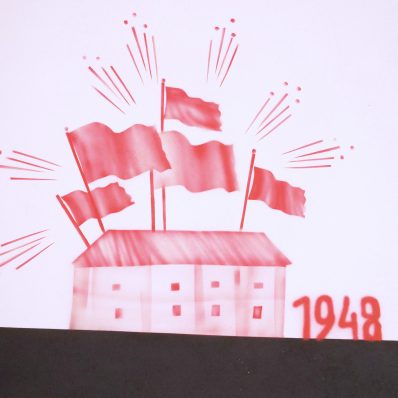
1948
The former monastery, now a castle and part of the entire estate of Žďár, is nationalized (expropriated).
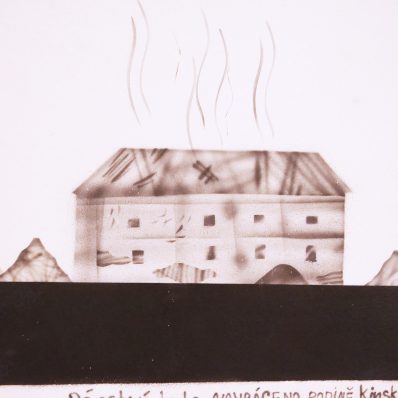
1991
The estate is restituted to the Kinský family.

1994
The Pilgrimage Church of St. John of Nepomuk at Zelená Hora is entered on the UNESCO List of World Cultural Heritage Sites.
2014
The Zelená Hora is restituted to the Church.
2015
Inauguration of the New Generation Museum.

